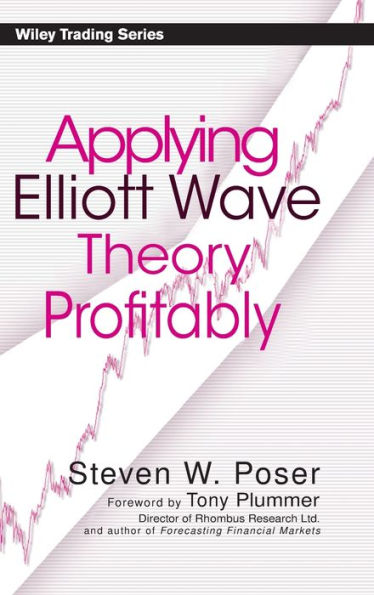Table of Contents
Foreword.
Introduction.
CHAPTER 1: Surfing Basics.
The Basic Pattern.
Investor Psychology and Sentiment.
Psychological Basis for Technical Analysis and the Elliott Wave Theory.
The Right Charts.
The Basic Formations'Impulse Waves.
The Basic Formations-Correction Waves.
The Basic Formations-Wave Characteristics.
The Contrary Opinion Trap.
Sentiment and Technical Characteristics of Waves.
Dow Theory and Elliott Wave Theory.
The Fractal Nature of Price Movements.
Impulse versus Correction and the Time Factor.
Practical Pattern Recognition.
Multiple Time-Frame Analysis.
Summary.
CHAPTER 2: Advanced Concepts.
Complex Corrections.
Elliott Wave and Classical Technical Analysis.
Failed Fifth Waves.
Summary.
CHAPTER 3: Tsunami or Wavelet'Measurement Techniques.
The Golden Ratio.
Retracements.
The Tendency of Alternation.
Flats versus Zigzags.
Triangles.
Price Projections and Targ ets.
Time Cycles.
Fibonacci Day Counts.
Summary.
CHAPTER 4: Interlude-Does Elliott Work Outside of the Stock Market?
Elliott Does Not Require Prices to Rise Forever.
Explaining Rising Equity Market Prices: It's Not Just Inflation.
The 1929942 Depression Era Triangle.
Elliott Waves for All Markets.
CHAPTER 5: Building an Elliott Wave Trading Plan.
What Time-Frame Will You Trade?
Know Your Risk Profile.
Computer-Generated Wave Counts.
Look at Your Potential Trade in Multiple Time-Frames.
Get the Fundamental and Sentiment Pictures.
Keep an Open Mind.
Getting Started.
Step 1: Preparation and Initial Research.
Step 2: Long-Term Data Review.
Step 3: Sharpen Your Time-Frame Focus.
Step 4: Trading Time-Frame Analysis.
Step 5: Review Charts One Time-Frame Lower.
Step 6: The Details.
Step 7: Monitoring.
Summary.
CHAPTER 6: Tying It All Together.
The Bubble Bursts: Intel Corporation.
The Dollar and the Yen.
Hot Chocolate.
Day Trading with Elliott.
Summary.
CHAPTER 7: The Psychology of an Elliott Wave-Based Trader.
Trading and Analysis Are Two Different Things.
Know the Psychology of Indicators.
Control Your Emotions.
Knowledge and Intelligence Are Necessary But Not Sufficient for Good Trading.
Separate Yourself from the Crowd.
Trading Systems.
Understand Why You Are Placing an Order.
Understand What You Trade'The Charts Are Not Enough!
Don't Forget Your Wave Characteristics-Make Sure Your Counts Are Consistent with Market Sentiment.
Summary.
CHAPTER 8: Future Waves.
But You're a Technical Analyst? Why All the Economics?
The State of the World-2003.
Whence the Dollar.
Japan's Bear Market Ends.
Notes.
Index.




